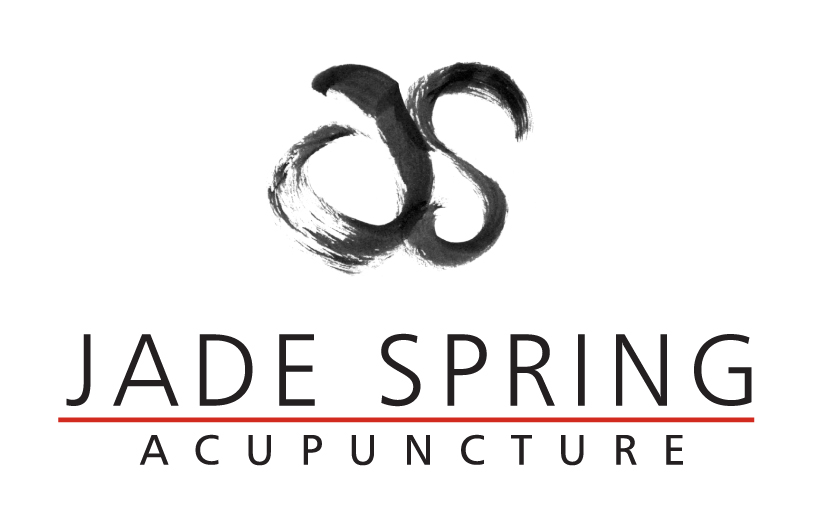Yin-Yang theory to protect yourself from exercise-induced injury
One of the most fundamental concepts in Chinese medicine is that of Yin and Yang, and when applied to exercise, this idea is an important element in protecting us from exercised-induced injury.
Yin and Yang are two complementary and yet opposing forces that describe the nature of anything ranging from food, to the imbalances causing disease, to the changing of the seasons. As it pertains to the body, Yin is often considered the more structural and material expression of anatomy, while Yang is considered the metabolic and functional aspects of physiology. Alternatively, Yin would be considered the dark, cooling, resting state in contrast to Yang, the light, heating and active phase.
When it comes to exercise, much of what we do in the west, is very Yang in nature. There is a strong focus on burning calories, increasing our heart rate, breaking a sweat and shedding fat. Some examples I can think of are high intensity workouts, cross-fit, and cardiovascular exercise.
There might even be misconceptions that for exercise to "count", it must be all Yang. This is reflected in the fact that in the west, some forms of restorative Yin type of exercise has been adapted to be much more vigorous, contributing to the popularity of styles like ‘power yoga’.
At the extreme end of this idea is the philosophy of “no pain, no gain”. This is particularly harmful because it can easily lead to injuries: when we don’t give ourselves enough time to rest and recover (Yin) between workouts, it’s much easier to end up with strains, tears, repetitive strain injuries or inflammation.
In contrast to all this, a lot of eastern exercise forms are much more Yin in nature. Yoga and Tai Qi for instance, are focused on building Qi, conserving energy, stretching and slowing things down.
To maintain balance in our physical activity, we need to ideally incorporate both styles. The reason for this is that Yin and Yang states are completely dependent on each other, and each carries the seed of the other. When this concept is applied to exercise, we see:
The immediate effect of Yang types of exercise, is to increase our heart rate and sweat. In the long run this leads to increased muscle mass and endurance, which would be considered a Yin quality.
The immediate effect of Yin types of exercise is to slow down, stretch and lengthen. In the long term this leads to greater levels of energy and mental alertness (which is considered Yang).
The inter-relatedness of Yin and Yang is very important when it comes to protecting yourself from exercise-induced injury and will enhance our quality of life:
Overworking muscles will cause them to bulk up and get tight and this can predispose them to injury. Adding stretching into an exercise routine will lengthen the tissue, making it more pliable and protect it from injury.
After an intense workout, with a big energy expenditure, there must be time to rest and recuperate.
After periods of slowing down and going inward for quiet (as in a yoga class), we feel ready to get back to the demands of our day.
Flexible, subtle muscles can elongate in moments of added stress or force instead of tearing or pulling joints out of place.
Since Yin and Yang are so inseparable and can be considered two sides of the same coin, it is important to figure out how to incorporate both styles of exercise into our routine. This is the best way to strengthen our bodies, clear our minds, and protect us from injury.



